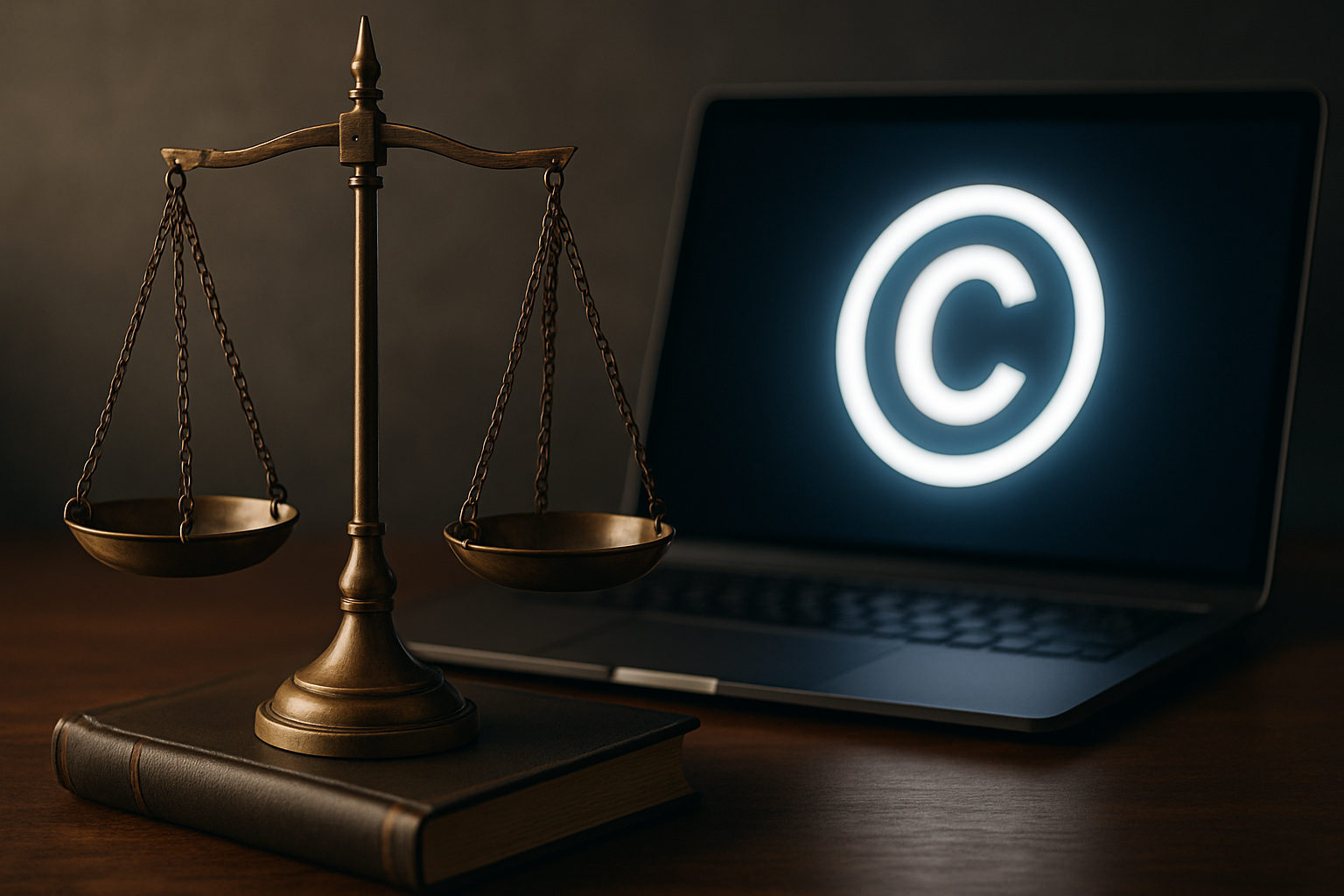Title: Exploring the Legal Landscape of Algorithmic Decision-Making
Introduction: In an era dominated by artificial intelligence and big data, algorithmic decision-making systems are reshaping industries and government operations. This article delves into the intricate legal challenges and emerging regulations surrounding the use of algorithms in critical decision-making processes, from employment to criminal justice.

Historical Context and Legal Precedents
The legal framework for algorithmic decision-making has its roots in earlier technological advancements. The development of computer-based systems in the 1960s and 1970s led to early discussions about automated decision-making in government agencies. The Freedom of Information Act of 1966 and the Privacy Act of 1974 laid groundwork for transparency and data protection, principles that remain relevant in today’s algorithmic landscape.
More recently, cases like State v. Loomis (2016) in Wisconsin, which addressed the use of risk assessment algorithms in criminal sentencing, have begun to shape the judicial approach to algorithmic decision-making. These precedents highlight the tension between technological advancement and constitutional rights, setting the stage for ongoing legal debates.
Current Legal Challenges and Regulatory Efforts
As algorithmic systems become more sophisticated, they present novel legal challenges. One primary concern is algorithmic bias, where decision-making systems may perpetuate or exacerbate existing societal inequalities. The European Union’s General Data Protection Regulation (GDPR) has taken a leading role in addressing these issues, introducing the concept of a right to explanation for automated decisions. In the United States, proposed legislation like the Algorithmic Accountability Act aims to require companies to assess their use of high-risk AI systems.
Another significant legal challenge involves the opacity of many algorithmic systems. The proprietary nature of these algorithms often conflicts with principles of transparency and due process, particularly when used in government decision-making. Courts and legislators are grappling with how to balance intellectual property rights with the need for public scrutiny and accountability.
Implications for Different Sectors
The legal landscape of algorithmic decision-making varies across different sectors. In finance, regulators are focusing on the use of AI in credit decisions, with the Fair Credit Reporting Act providing a framework for addressing potential discrimination. In healthcare, the use of algorithms in diagnosis and treatment recommendations raises questions about medical liability and patient privacy.
Employment law is another area significantly impacted by algorithmic decision-making. The use of AI in hiring processes has led to concerns about discrimination and fairness, prompting regulatory bodies like the Equal Employment Opportunity Commission to issue guidance on the use of these technologies.
International Perspectives and Cross-Border Challenges
The global nature of technology companies and data flows creates additional legal complexities. Different jurisdictions have varying approaches to regulating algorithmic decision-making, leading to potential conflicts and compliance challenges for multinational corporations. The EU’s GDPR has had a global impact, influencing data protection laws worldwide and setting a benchmark for algorithmic regulation.
Efforts at international cooperation, such as the OECD Principles on Artificial Intelligence, aim to establish common ground for the ethical and legal governance of AI systems. However, significant differences remain in how countries approach issues like data sovereignty and algorithmic transparency.
Future Legal Developments and Ethical Considerations
As technology continues to evolve, so too will the legal framework surrounding algorithmic decision-making. Emerging areas of focus include the regulation of autonomous systems, the legal status of AI-generated content, and the potential need for new categories of rights in an algorithmic age.
Ethical considerations are increasingly intertwined with legal ones. Concepts like algorithmic fairness and machine ethics are informing policy discussions and court decisions. The challenge for lawmakers and jurists is to create a legal framework that promotes innovation while safeguarding fundamental rights and societal values.
Conclusion
The legal landscape of algorithmic decision-making is complex and rapidly evolving. As these systems become more prevalent and powerful, the law must adapt to ensure accountability, fairness, and transparency. Balancing the benefits of algorithmic efficiency with the protection of individual rights will be a critical challenge for legal systems worldwide in the coming years. The ongoing dialogue between technologists, policymakers, and legal experts will be crucial in shaping a framework that harnesses the potential of algorithmic decision-making while mitigating its risks.





